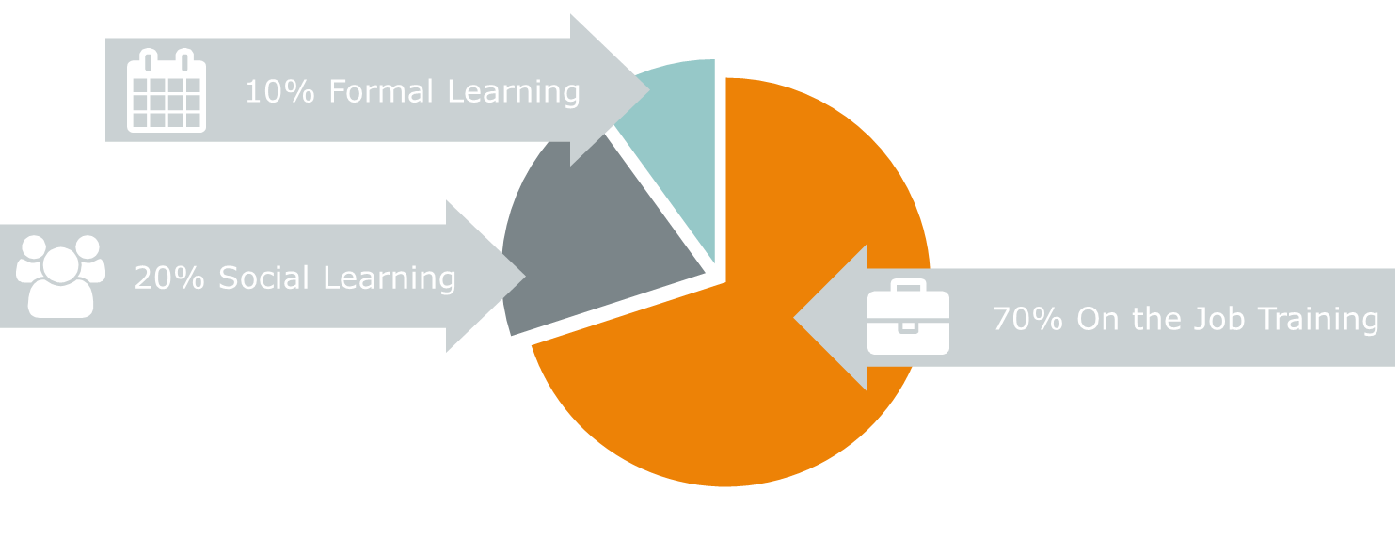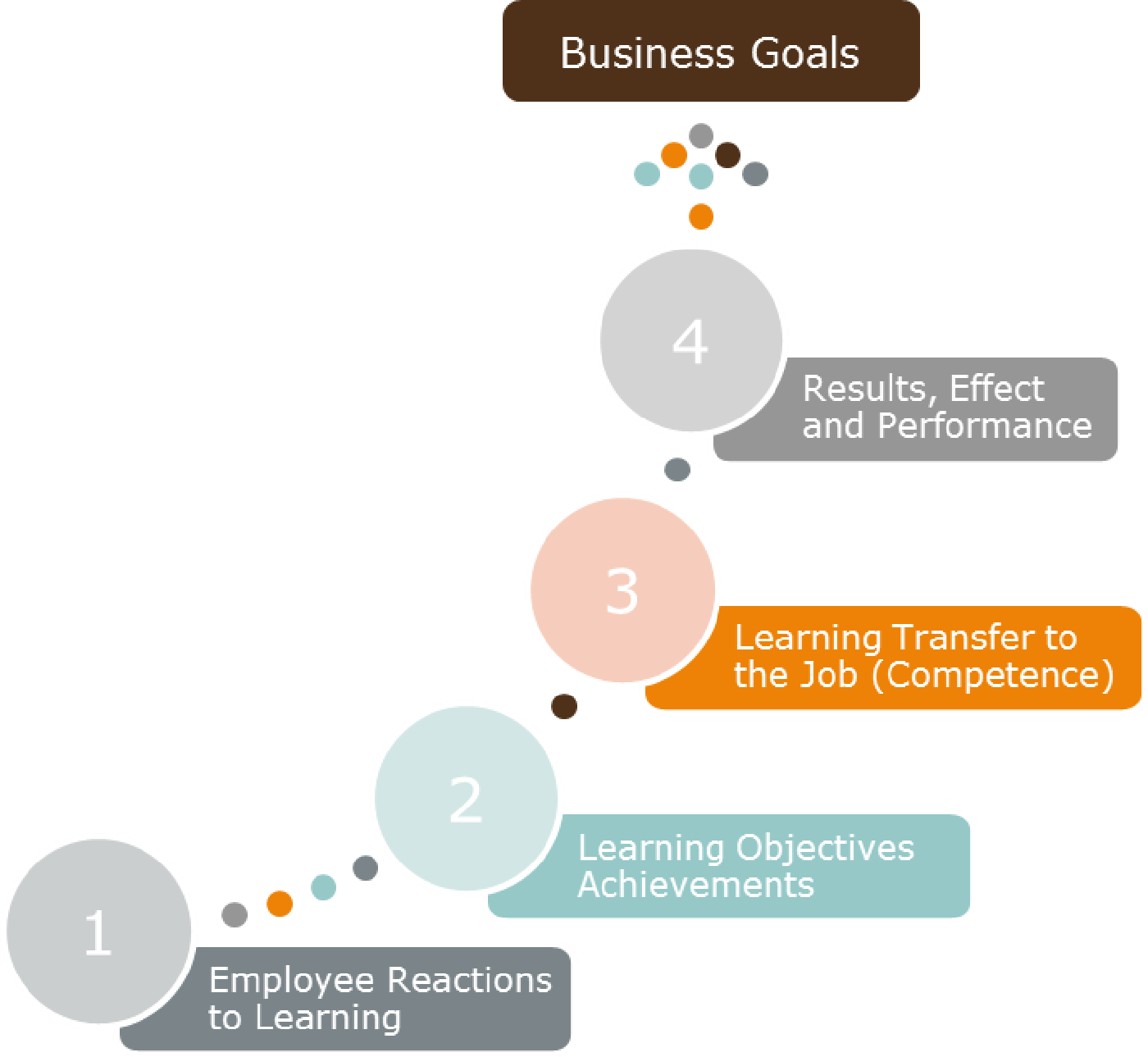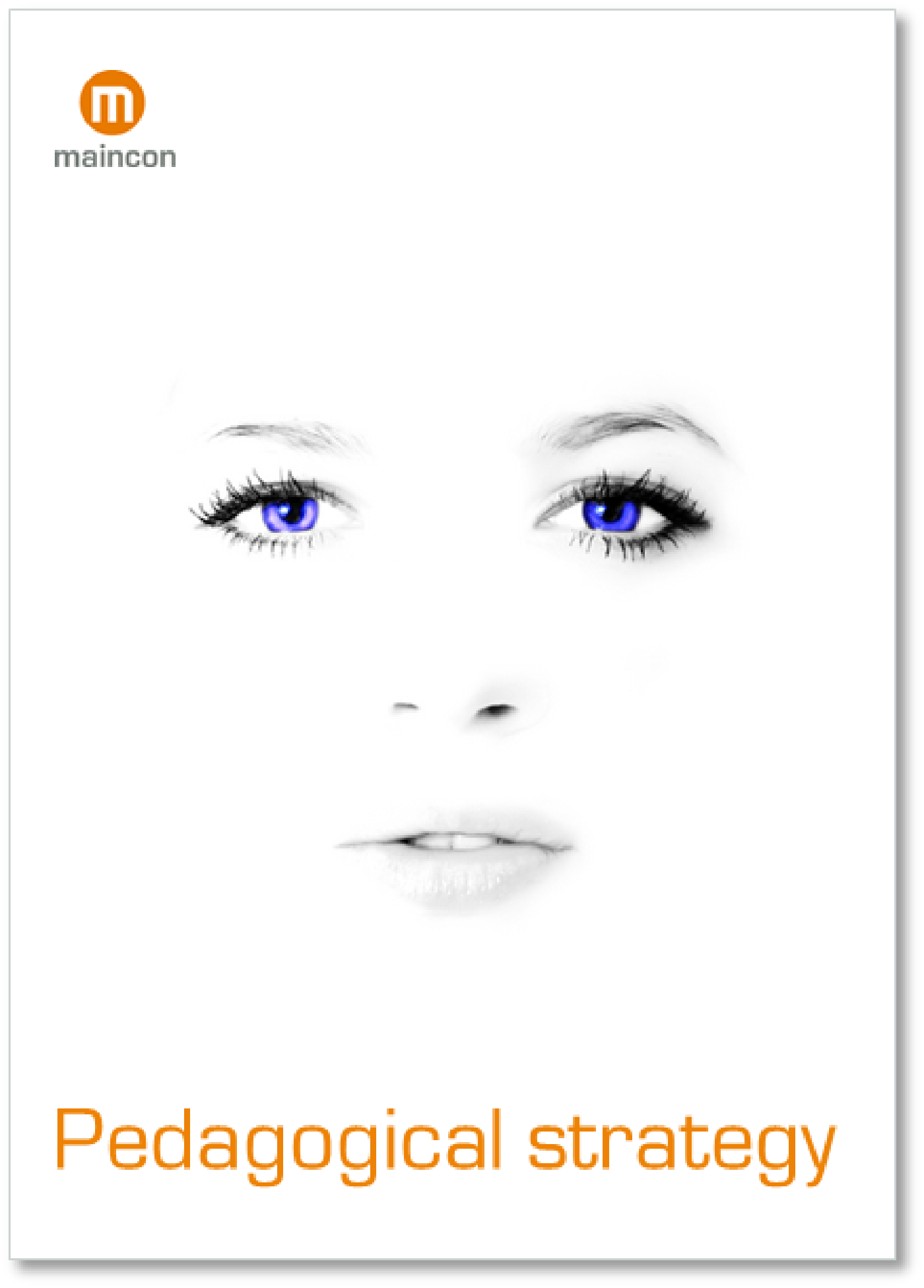Our learning strategies
By analysing the required skills needed, both now and in the future, we can help you succeed in your investment.
Competence is the key to our learning strategy. We believe that in order to succeed with achieving the right competence at the right time, learning must take place when the competence is needed.
That’s why we think both formal and informal learning should preferably take place in the workplace, through distributed learning in the form of eLearning, Blended Learning and Social Learning.
Our strategy is also based on measuring and evaluating the results of your learning investments; that is to say, the desired results in the analysis are realised.



